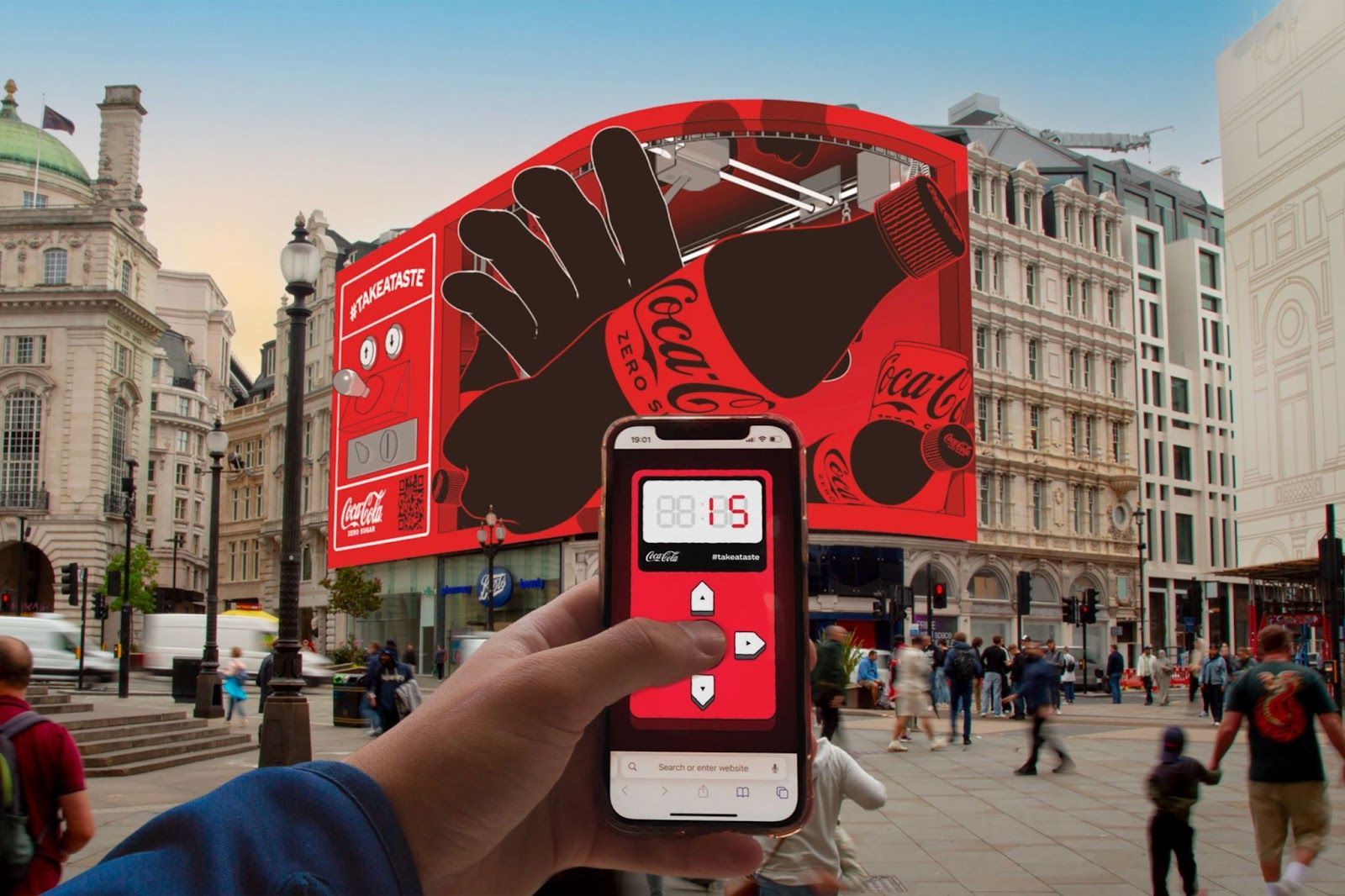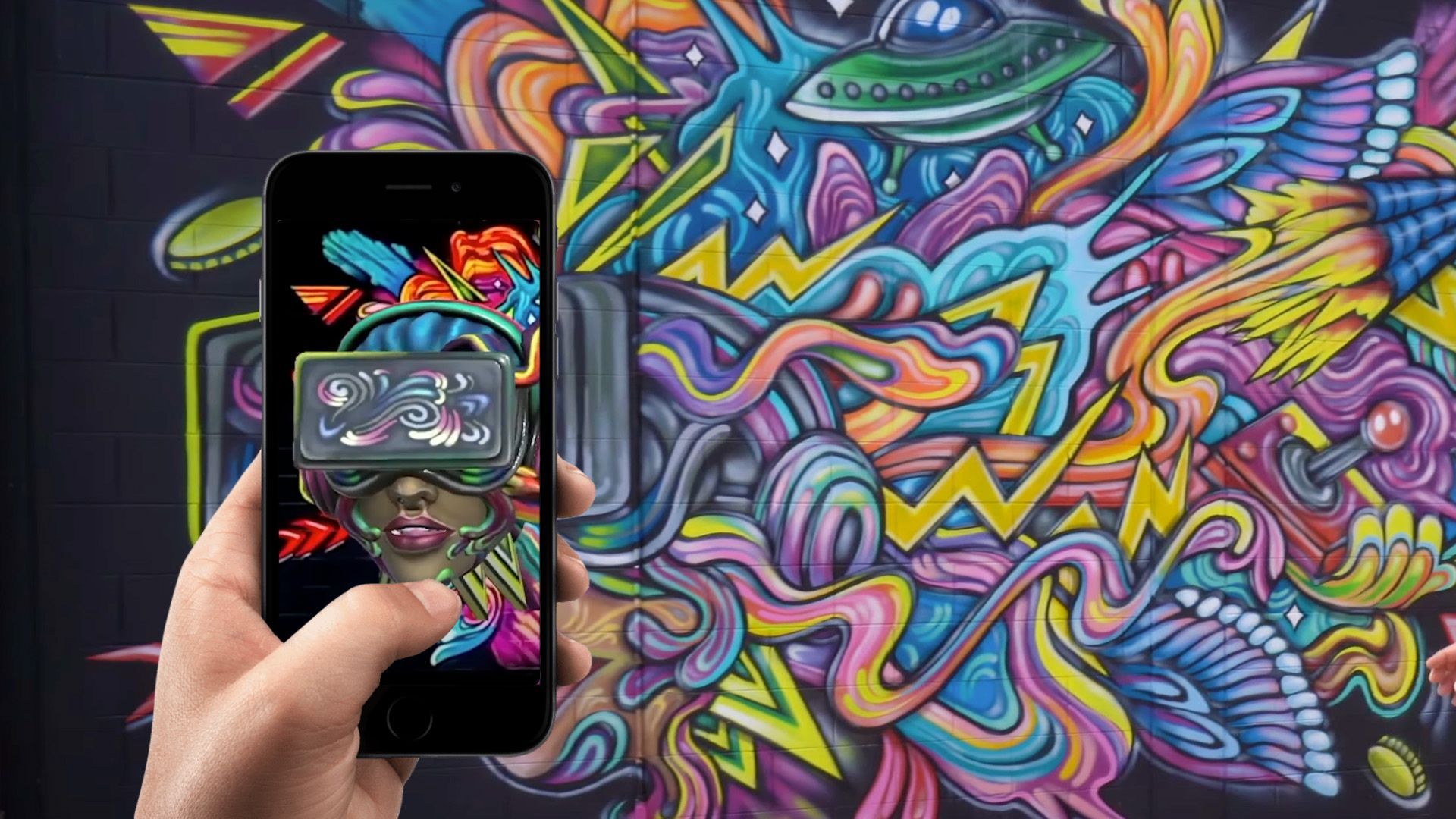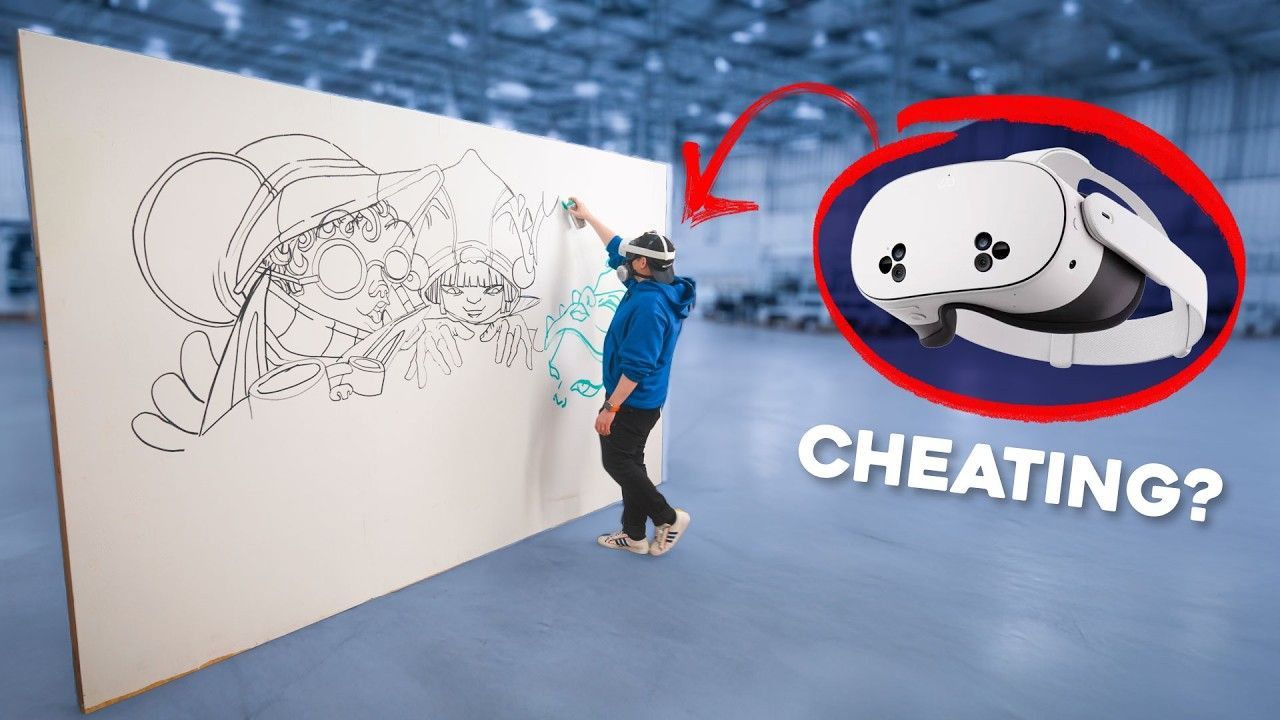How AR Mirrors are Revolutionizing the Fitting Room Experience
In today's fast-evolving retail landscape, technology is reshaping how consumers interact with products before purchase. Among these innovations, augmented reality (AR) mirrors stand out as game-changers in the fitting room experience. These smart mirrors blend the physical and digital worlds, allowing shoppers to try on countless items virtually without the hassle of changing clothes repeatedly. This technological advancement is not just a novelty but a significant shift in how retailers engage customers and how consumers make purchasing decisions.
What Are AR Mirrors and How Do They Work?
AR mirrors, sometimes called smart mirrors or virtual fitting rooms, combine high-resolution displays, cameras, motion sensors, and sophisticated software to create an interactive experience. Unlike traditional mirrors, these digital counterparts use augmented reality to overlay virtual clothing items onto a person's reflection in real-time.
The technology works through several integrated components:
- 3D body scanning: Cameras capture a shopper's measurements and body shape
- Motion tracking: Sensors follow the shopper's movements to ensure the virtual clothing moves naturally
- AR projection: Software overlays virtual clothing onto the shopper's reflection
- AI algorithms: Machine learning helps predict how fabrics would drape and move on different body types
Most systems also incorporate touch capabilities, voice commands, or gesture controls, allowing shoppers to browse catalogs, change colors and styles, and even share their virtual try-ons with friends via social media—all without physically changing clothes.
The Impact on Customer Experience
The traditional fitting room experience often involves carrying multiple items, undressing and redressing repeatedly, and dealing with limited space. AR mirrors transform this sometimes frustrating process into a seamless, enjoyable interaction.
Time Efficiency and Convenience
One of the most immediate benefits shoppers notice is the dramatic reduction in time spent trying on clothes. What might take an hour in a conventional fitting room can be accomplished in minutes with an AR mirror. Shoppers can swipe through dozens of outfits, experimenting with combinations that would be impractical to try physically.
"The average customer tries on seven items per fitting room visit, taking approximately 40 minutes," says retail analyst Maria Chen. "With AR mirrors, they can virtually try on 30+ items in less than 10 minutes."
Enhanced Decision Making
AR mirrors provide more than just convenience; they offer enhanced context for purchase decisions. Many systems include features that:
- Show how garments look in different lighting conditions
- Suggest complementary accessories
- Display alternative color options instantly
- Provide information about fabric, care instructions, and availability
This wealth of information helps customers make more confident decisions, reducing return rates, a significant pain point for retailers.
Personalization at Scale
Modern AR mirror systems often incorporate AI that learns customer preferences over time. Regular shoppers might receive personalized recommendations based on their style history, body type, and previous purchases. This level of personalization was previously only available through personal shopping services at luxury retailers but is now becoming more democratized.
Benefits for Retailers
The retail sector's embrace of AR mirror technology isn't merely about wowing customers—it addresses several critical business challenges.
Space Optimization and Inventory Management
Physical retail space comes at a premium, especially in high-traffic shopping districts. AR mirrors allow retailers to showcase their entire catalog without maintaining extensive in-store inventory. A boutique with limited floor space can offer the same selection variety as a department store by leveraging virtual try-on technology.
This approach also reduces the need for multiple sizes of each item on the sales floor, freeing up valuable storage space and simplifying inventory management. Some retailers report up to 20% reduction in floor space requirements after implementing AR fitting solutions.
Data Collection and Analytics
Perhaps the most valuable aspect for retailers is the wealth of customer data generated through these interactions. AR mirrors can track:
- Which items customers try most frequently
- How long they engage with each product
- Which items are often tried together
- Conversion rates from virtual try-on to purchase
This information provides unprecedented insights into consumer behavior and preferences, allowing retailers to refine merchandising strategies, adjust inventory, and even inform product development.
Reduced Returns and Higher Satisfaction
The clothing return rate for online purchases averages between 25% and 40%, primarily due to fit issues. Retailers implementing AR technology report significant reductions in returns—some by as much as 30%. This decrease saves processing costs and improves sustainability by reducing shipping-related carbon emissions.
Current Market Leaders and Implementation Examples
Several innovative companies have emerged as leaders in the AR mirror space, each with slightly different approaches and specializations.
Major Players in AR Mirror Technology
- BrandXR: Custom-manufactures AR Mirrors and creates AR software experiences
- INDE: Specializes in large-scale interactive AR experiences, including smart mirror implementations for major department stores
- NeXR Technologies: Offers body scanning solutions that create accurate avatars for precise virtual try-ons
- Memory Mirror by MemoMi: Provides 360-degree views and detailed comparisons between outfits
- Reactive Reality: Focuses on photorealistic rendering of garments with accurate physics simulation
Successful Retail Implementations
Luxury brands were early adopters, but the technology has quickly spread across retail segments:
- Sephora's Virtual Artist allows customers to try different makeup products and looks without applying physical samples. This hygienic alternative became particularly valuable during the pandemic.
- Adidas has implemented AR mirrors in its flagship stores, which let customers see how performance wear looks in motion, simulating different athletic activities.
- Macy's virtual fitting rooms have expanded beyond clothing, including furniture placement and home décor visualization.
- Uniqlo uses the technology to quickly show different color options for basics, streamlining the selection process for shoppers.
Challenges and Limitations
Despite impressive advances, AR mirror technology faces several hurdles before mainstream adoption.
Technical Challenges
The accuracy of virtual try-ons varies considerably between systems. Rendering complex textures like sequins, intricate patterns, or transparent materials remains difficult. Similarly, accurately simulating how clothing drapes on different body types requires sophisticated physics engines that continue to improve but aren't perfect.
Lighting conditions also impact the effectiveness of AR projections, sometimes creating discrepancies between the virtual appearance and reality.
Implementation Costs
For many retailers, especially smaller businesses, the investment required for high-quality AR mirror systems presents a significant barrier. Complete solutions can cost between $30,000 and $50,000 per unit, plus ongoing software licensing and maintenance fees.
Privacy Concerns
Body scanning technology inherently collects biometric data, raising important privacy questions. When implementing these systems, retailers must navigate complex regulations like GDPR in Europe and the CCPA in California. Clear consumer consent protocols and robust data security measures are essential.
The Future of AR Mirrors in Retail
The trajectory of AR mirror technology suggests several exciting developments that will further transform the retail experience.
Integration with E-commerce and Omnichannel Retailing
The line between physical and digital retail continues to blur. Future AR mirror implementations will likely offer seamless connections between in-store try-ons and online shopping carts, allowing customers to start their journey in one channel and complete it in another.
Some retailers are already experimenting with smartphone apps that connect to in-store AR mirrors. These apps enable shoppers to "save" their virtual try-on sessions and revisit them at home.
Advancing Technology
Several technological improvements are expected to enhance AR mirror capabilities:
- Haptic feedback: Technology that simulates the texture and weight of fabrics
- Improved AI: Better prediction of fit across different body types
- Integration with social shopping: Real-time sharing and feedback from friends
- Voice commerce: Complete purchases through voice commands while trying items virtually
Sustainability Implications
As environmental concerns shape consumer behavior, AR mirrors offer sustainability benefits worth considering. Virtual try-ons reduce the need for producing physical samples during design and can decrease overall returns, potentially lowering retail operations' carbon footprint.
Some innovative brands are exploring how AR can help communicate sustainability metrics about products during the try-on experience. For example, AR can show eco-conscious consumers information about water usage, carbon impact, and material sourcing.
Best Practices for Retailers Considering AR Mirror Implementation
For retailers contemplating this technology, several strategic considerations can help ensure successful implementation.
Choosing the Right Solution
Not all AR mirror systems are created equal. Retailers should evaluate options based on:
- Accuracy of virtual try-ons for their specific product categories
- Integration capabilities with existing inventory systems
- Scalability as technology evolves
- Customer interface intuitiveness
- Maintenance requirements and ongoing support
Staff Training and Customer Guidance
Even the most intuitive technology requires some explanation. Retail staff should be thoroughly trained to operate the system and guide customers through their first experiences. Simple signage, short demonstration videos, and knowledgeable associates can significantly improve adoption rates.
Measuring ROI Beyond Sales
While sales lift is an important metric, retailers should consider multiple factors when assessing the return on investment from AR mirrors:
- Reduction in return rates
- Increased foot traffic
- Enhanced brand perception
- Valuable customer data collected
- Time savings for both customers and staff
- Social media exposure from shared try-ons
Conclusion
AR mirrors represent more than just another technology trend in retail—they signal a fundamental shift in how consumers interact with products before purchase. By bridging the gap between physical and digital shopping experiences, these smart fitting rooms address longstanding pain points for both shoppers and retailers.
While challenges remain in terms of cost, technical limitations, and privacy considerations, the trajectory is clear: AR fitting technology will become increasingly commonplace as hardware costs decrease and software capabilities improve. Retailers who thoughtfully implement these solutions now are positioning themselves at the forefront of next-generation shopping experiences.
The promise for consumers is equally compelling: more convenient, personalized, and informed shopping with less hassle and greater confidence in purchase decisions. As we look to the future of retail, AR mirrors stand out as a rare innovation that truly benefits all stakeholders in the shopping journey.
TALK TO A PRO
We're here to bring your brand to life!
Stay Connected with BrandXR
Create Augmented Reality for Free!
Create, Publish, and Measure 3D Augmented Reality Experiences Without Having to Code.














